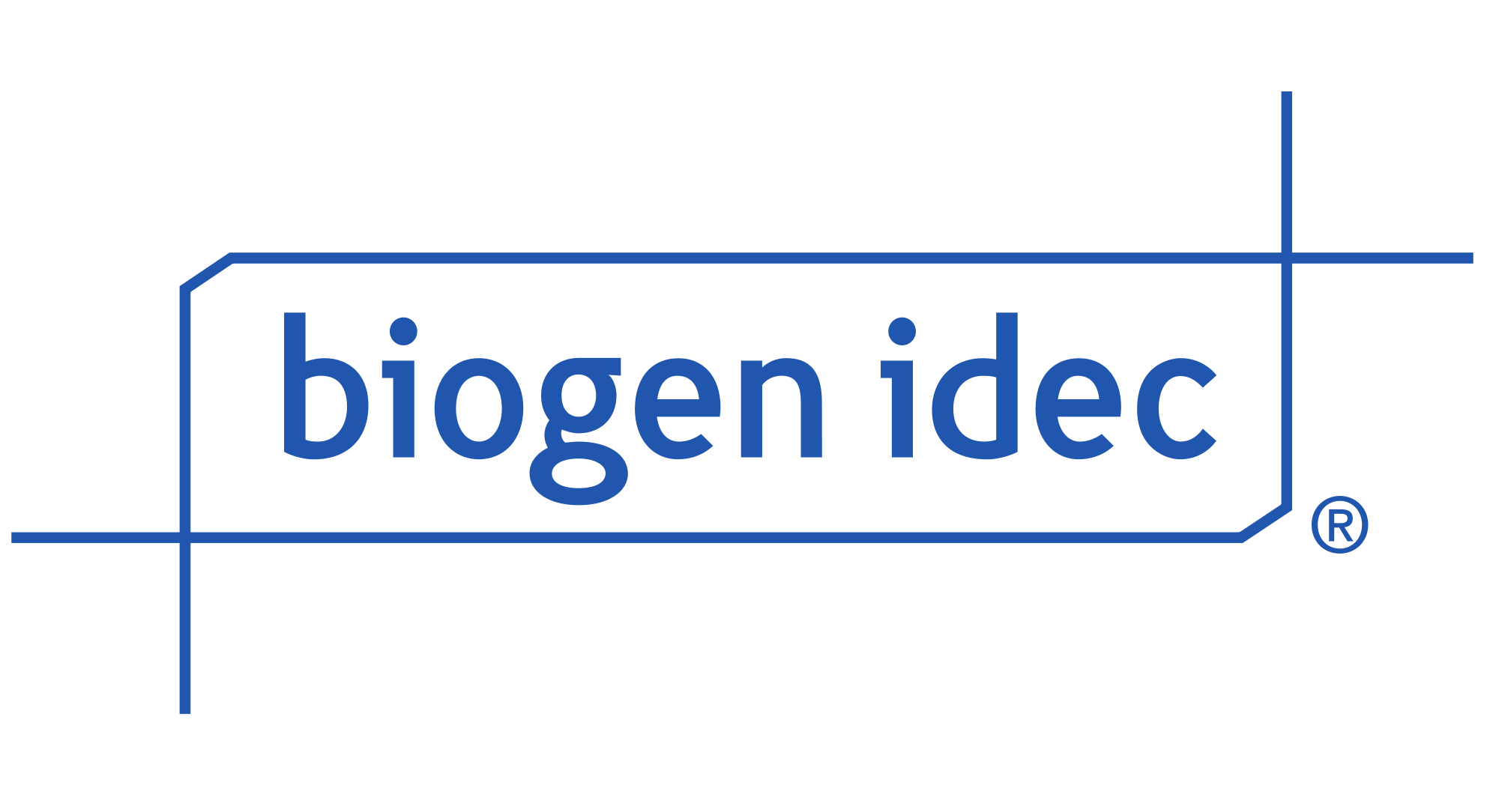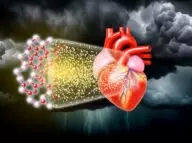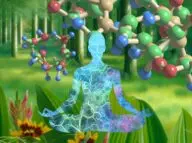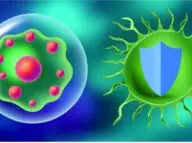
Although there is no treatment that will cure Multiple Sclerosis, there are three oral medications approved by the FDA to be a first-line treatment to slow down the progression of the disease.
Dimethyl Fumarate (Tecfidera, Biogen Idec) joins fingolimod (Gilenya) and teriflunomide (Aubagio) as the new “kid on the block”. It is specifically approved for adults with relapsing-remitting Multiple Sclerosis.
Dimethyl fumarate is a drug that activates the nuclear factor-like2 (Nrf2) pathway. The study of NRF2 is a relatively new approach to lowering oxidative stress which is associated with hundreds of disease states (not just MS).
Tecfidera lowered MS relapses and lesions on the brain as well as worsening of the disability compared to the placebo group.
Dimethyl fumarate reduced the percentage of patients who experienced relapses 44% to 53% as measured by the Expanded Disability Status Scale (EDSS)
Biogen Idec MA, Cambridge, Mass., has been assigned a patent (8,399,514) for the "treatment for multiple sclerosis."
The following abstract from the patent document states: "Provided are certain methods of screening, identifying, and evaluating neuroprotective compounds useful for treatment of neurological diseases, such as, e.g., multiple sclerosis (MS). The compounds described upregulate the cellular cytoprotective pathway regulated by Nrf2. Also provided are certain methods of utilizing such compounds in therapy for neurological disease, particularly, for slowing or reducing demyelination, axonal loss, or neuronal and oligodendrocyte death."
The patent application was filed on Feb. 13, 2012 (13/372,426). The full-text of the patent can be found at http://patft.uspto.gov/netacgi/nph-Parser?Sect1=PTO2&Sect2=HITOFF&p=1&u=%2Fnetahtml%2FPTO%2Fsearch-bool.html&r=1&f=G&l=50&co1=AND&d=PTXT&s1=8,399,514&OS=8,399,514&RS=8,399,514
Please validate any information here with a healthcare professional. The content is provided for education purposes, This content has not been evaluated by the Food and Drug Administration. Any advice or products mentioned is/are not intended to diagnose, treat, cure, or prevent any disease,










